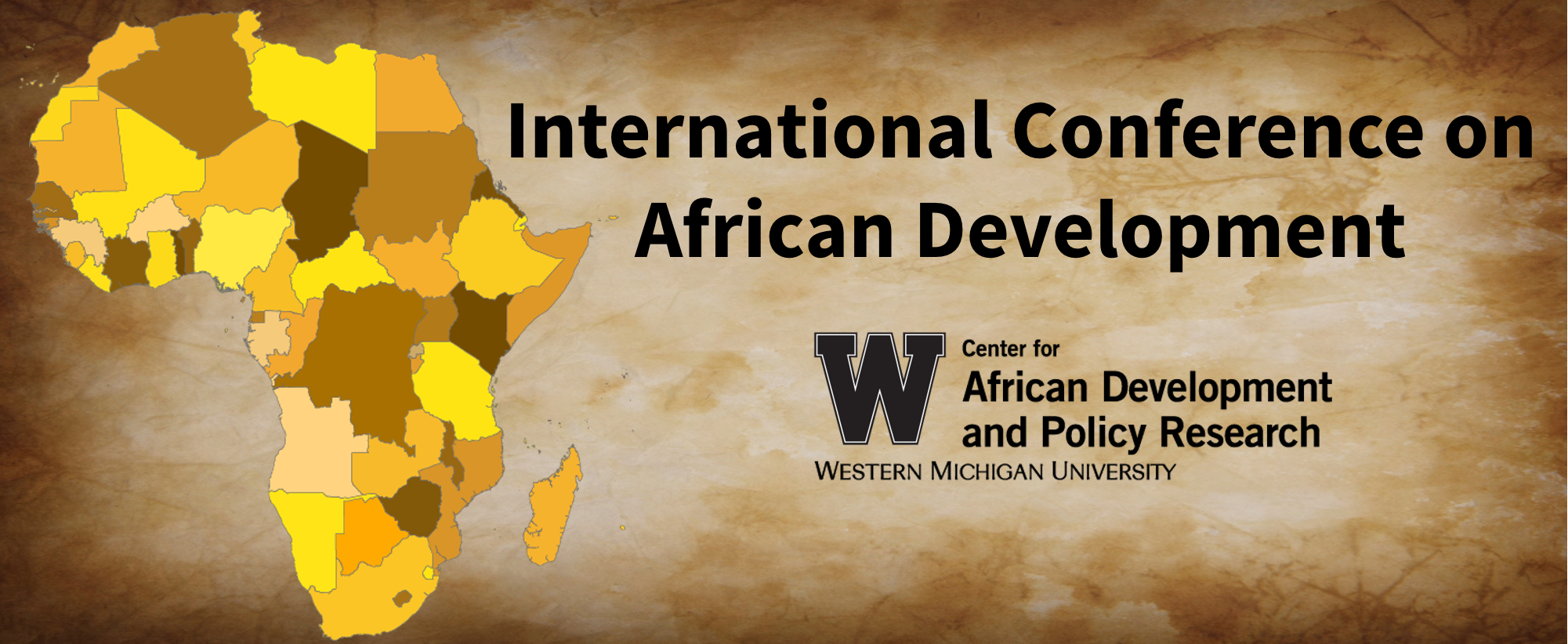12.1 Dynamic (AR) Spatiotemporal Models for Wind Speed Forecast in Ethiopia
Abstract
Data from spatiotemporal processes are common in the real world, and represent a variety of interactions across processes and scales of variability. The wind speed pattern assumes a big variability in space and time. This directly affects the wind power generation forecast and its uncertainties in the wind farm projects in Ethiopia. A dynamic (AR) spatiotemporal model was chosen to be more suitable to model spatial fields evolving in time under a Gaussian process. It facilitates the modeling of spatial and temporal dependence structures that account for the spatiotemporal autocorrelation effects in wind speed distribution. Particularly, spatial dependencies were captured based on the weighted separation distances between existing meteorological stations which constitute the weighting matrix. Prior to fitting the specified model, descriptive analysis using plots of wind data with respect to geo-location parameters was performed in order to investigate the spatial aspects and temporal trends of the wind speed under stationary and isotropic assumptions. The weighting matrix was employed in the covariance function to improve precisions of the model and to modify the tests of spatiotemporal autocorrelations (STAC) such as Moran’s I and Gray’s C statistics. It was further incorporated into the model to improve the prediction power of the model to carry out forecasts in time and interpolation in space.
12.1 Dynamic (AR) Spatiotemporal Models for Wind Speed Forecast in Ethiopia
1920 Sangren Hall
Data from spatiotemporal processes are common in the real world, and represent a variety of interactions across processes and scales of variability. The wind speed pattern assumes a big variability in space and time. This directly affects the wind power generation forecast and its uncertainties in the wind farm projects in Ethiopia. A dynamic (AR) spatiotemporal model was chosen to be more suitable to model spatial fields evolving in time under a Gaussian process. It facilitates the modeling of spatial and temporal dependence structures that account for the spatiotemporal autocorrelation effects in wind speed distribution. Particularly, spatial dependencies were captured based on the weighted separation distances between existing meteorological stations which constitute the weighting matrix. Prior to fitting the specified model, descriptive analysis using plots of wind data with respect to geo-location parameters was performed in order to investigate the spatial aspects and temporal trends of the wind speed under stationary and isotropic assumptions. The weighting matrix was employed in the covariance function to improve precisions of the model and to modify the tests of spatiotemporal autocorrelations (STAC) such as Moran’s I and Gray’s C statistics. It was further incorporated into the model to improve the prediction power of the model to carry out forecasts in time and interpolation in space.


